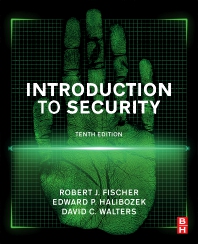Professor Uses Student IDs to Predict Dropout Rates

One UA researcher is tracking those digital traces to see what they reveal about students' routines and relationships, and what that means for their likelihood of returning to campus after their freshman year.
Sudha Ram, a professor of management information systems,is conducting research to help educational institutions repurpose the data already being captured from student ID cards to identify those most at risk for not returning after their first year of college.
"By getting their digital traces, you can explore their patterns of movement, behavior and interactions, and that tells you a great deal about them," Ram said.
Every student at the UA is issued a CatCard student ID when they enroll. They use that card at numerous locations, including residence halls, the Student Recreation Center, various campus labs, the library and the Think Tank academic support center, just to name a few.
Many students also load cash onto the card for use in vending machines and to pay for food and services at the Student Union Memorial Center, putting the total number of campus locations that accept CatCards near 700.
"It's kind of like a sensor that's embedded in them, which can be used for tracking them," Ram said of the card. "It's really not designed to track their social interactions, but you can, because you have a timestamp and location information."
Working in partnership with UA Information Technology, Ram gathered and analyzed data on freshman CatCard usage over a three-year period. She then used that data to create large networks mapping which students interacted with one another and how often.
Ram also looked at how students' interactions changed over time, by constructing networks two weeks at a time over a 12-week period.
Ram additionally used the CatCard data to look at the regularity of students' routines and whether or not they had fairly established patterns of activity during the school week. She and her collaborators developed a machine learning algorithm to develop ways to quantify these patterns.
Considered together with demographic information and other predictive measures of freshman retention, an analysis of students' social interactions and routines was able to accurately predict 85 to 90 percent of the freshmen who would not return for a second year at the UA, with those having less-established routines and fewer social interactions most at-risk for leaving.
"Of all the students who drop out at the end of the first year, with our social integration measures, we're able to do a prediction at the end of the first 12 weeks of the semester with 85 to 90 percent recall," Ram said. "That means out of the 2,000 students who drop out, we're able to identify 1,800 of them."
Ram found that social integration and routine were stronger predictors than end-of-term grades, which is one of the more traditionally used predictors of freshman retention in higher education.
"Student retention is something that's been studied for the last 30 or 40 years, but we never had the ability to track people's behavior and movement and extract their social integration patterns," Ram said. "We have also made great strides in developing machine learning and large-scale network analysis methods that help in analyzing such spatio-temporal data."
https://uanews.arizona.edu/story/researcher-looks-digital-traces-help-studentsLooking for a reprint of this article?
From high-res PDFs to custom plaques, order your copy today!







